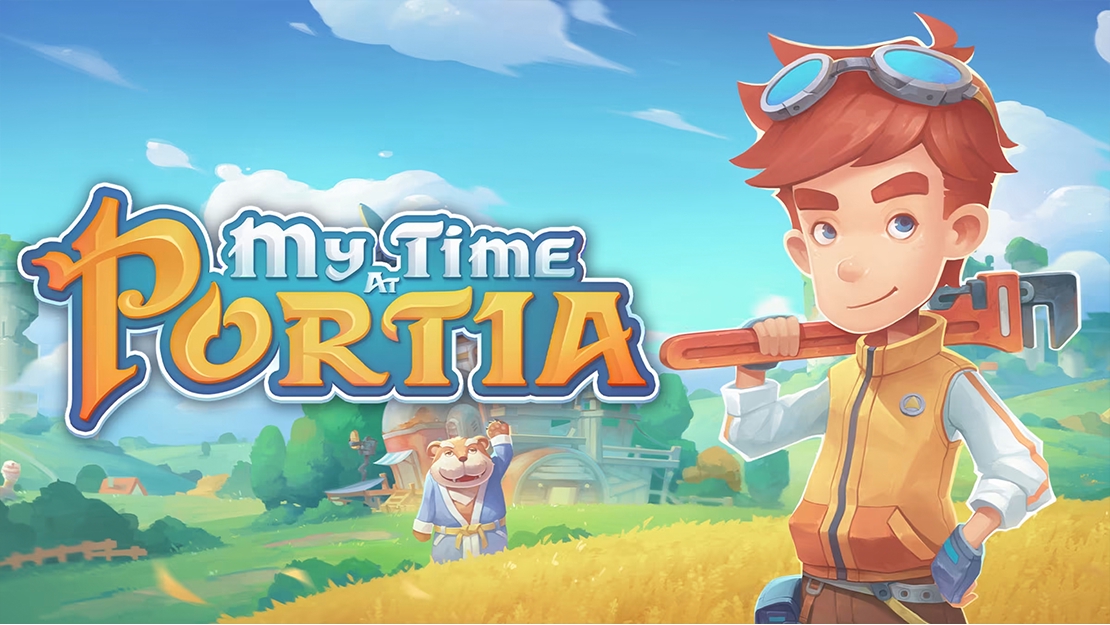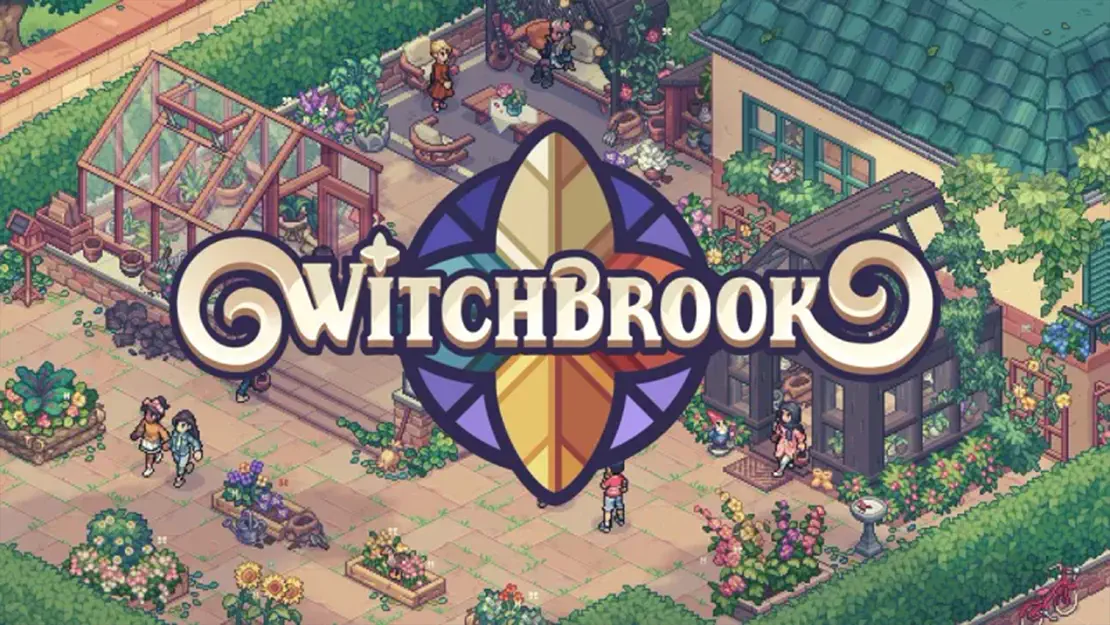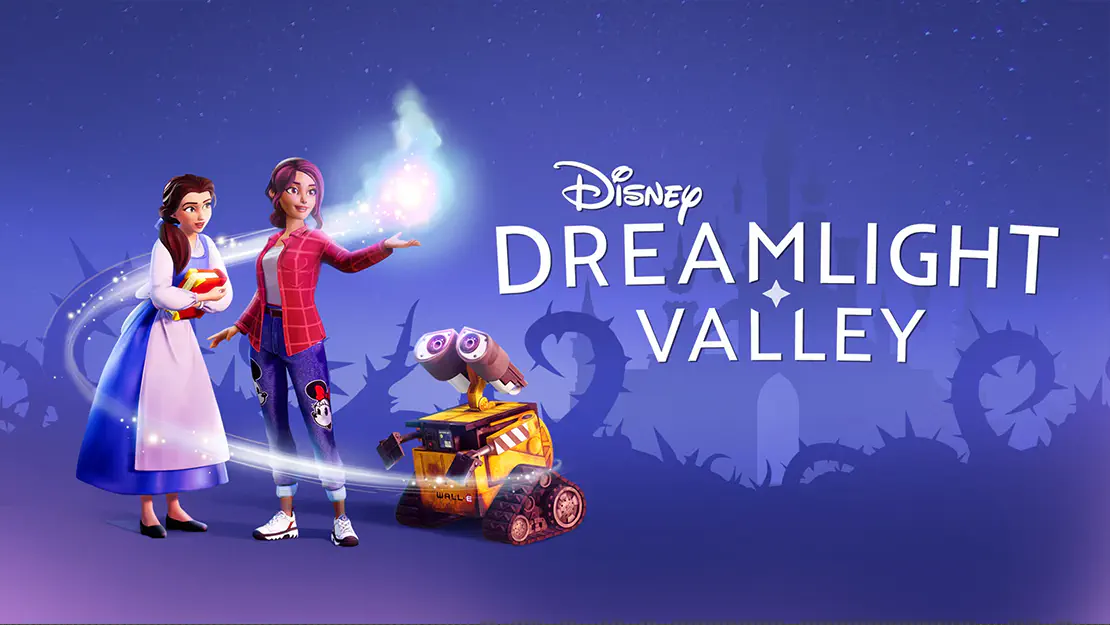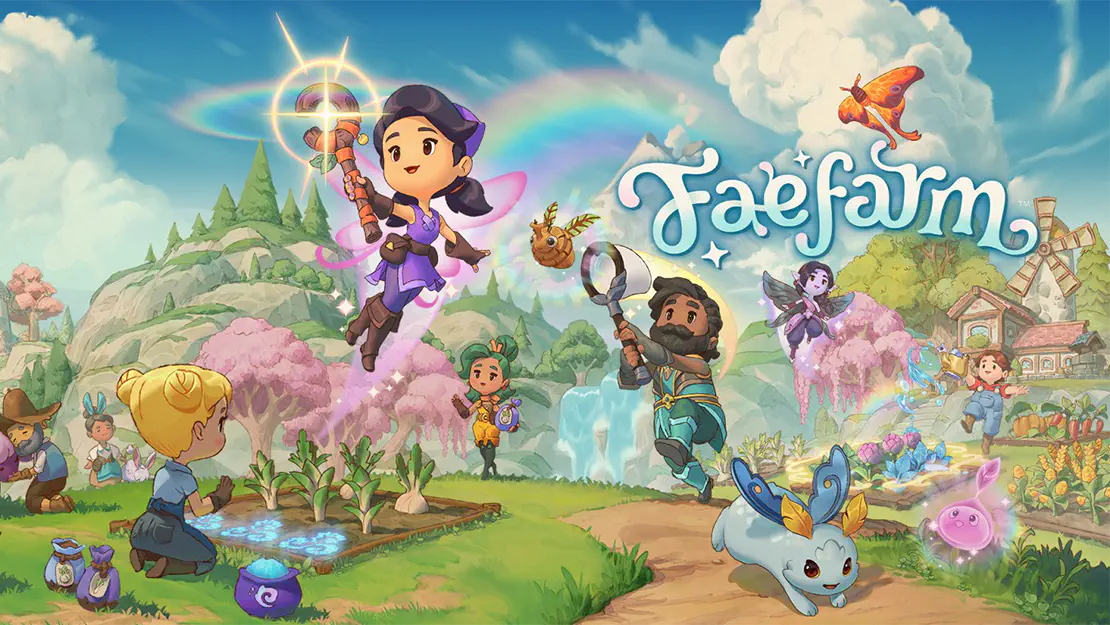My Time at Portia, a standout in the life simulation genre, beckons players into a post-apocalyptic world teeming with possibilities.
Let’s delve into the intricacies of this immersive journey, exploring why it’s become a focal point for gaming enthusiasts seeking a rich and expansive life simulation escapade.
My Time at Portia: Key Elements
- Genre: Life simulation, farming simulation, crafting simulation
- Creator: Pathea Games
- Publisher: Team17
- Player Modes: Single-player, Multiplayer
- Platforms: Nintendo Switch, PS4, Xbox One, PC
- Price on Steam: $29.99
- Price on Nintendo Store: $29.99
- Price on Xbox Store: $29.99
My Time at Portia immerses players in a captivating life simulation experience set in the post-apocalyptic town of Portia. This is also in line with the game’s successor, the cozy game My Time at Sandrock which you can also explore!
As the son or daughter of a once-famous builder, your primary objectives involve restoring your father’s dilapidated workshop and contributing to the town’s revival. The narrative introduces a twist by placing you among other skilled builders, creating a competitive yet collaborative atmosphere.
The game presents three main building tasks: commissions from the Commerce Guild, over 100 secondary missions tied to reputation and friendships, and intricate main story missions. These tasks involve resource management, crafting, and strategic planning.
While initially overwhelming, once you overcome the learning curve, the game unfolds as a rich and engaging life sim with diverse activities like farming, fishing, raising animals, and exploration. My Time at Portia offers a vast world with around 50 villagers, each contributing to the town’s vibrant dynamics.
With its charming relationships, diverse activities, and expansive world, the game promises an immersive experience beyond its initial challenges.
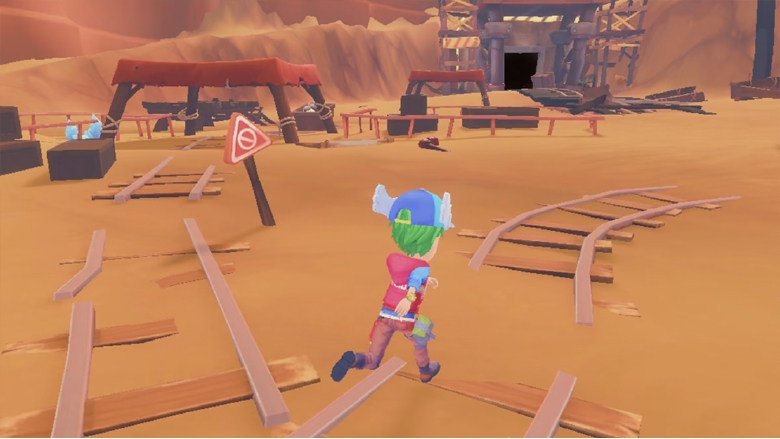
Gameplay Mechanics
My Time at Portia intricately weaves its gameplay mechanics into the fabric of the life simulation genre. At its core is a robust crafting system, offering players the ability to create a wide array of items crucial for the town’s development. The building elements extend beyond the workshop, involving complex tasks like constructing bridges and upgrading facilities.
The crafting process involves multi-step missions, with each building requiring specific materials and tools. For instance, constructing a bridge necessitates crafting various components, compelling players to set up a grinder and a cutter in their workshop.
These processes are not merely about resource collection; they incorporate in-game timers, emphasizing the temporal aspect of progression. While this adds a layer of realism, it may pose a mild challenge, especially for younger gamers.
Navigating through commissions, secondary missions, and main story quests provides a diverse gameplay experience.
The introduction of relationships with over 50 villagers adds a social dimension. Interactions, gifts, and activities like sparring or playing Rock, Paper, Scissors deepen the immersive quality.
The game cleverly balances time management, stamina limitations, and diverse tasks, offering an engaging yet challenging gameplay experience. Whether delving into farming, fishing, combat, or exploration, the mechanics synergize to create a multifaceted and rewarding gameplay adventure.
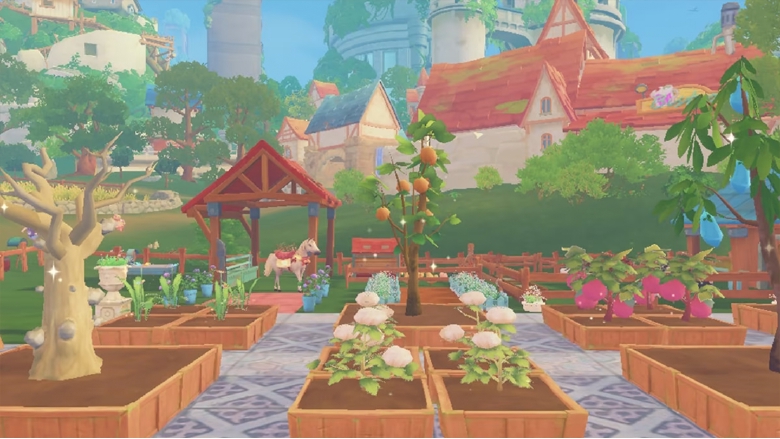
Plot and Objectives
In the post-apocalyptic tapestry of Portia, the narrative of My Time at Portia unfolds with the protagonist, the son or daughter of a once-famous builder.
The overarching goal is twofold: resurrect the dilapidated workshop inherited from the protagonist’s father and contribute to the town’s restoration. However, the journey is not a solitary one, as other builders in Portia vie for recognition, creating a dynamic and competitive atmosphere.
The storyline introduces a compelling blend of main story missions, secondary tasks, and commissions. The narrative complexity grows as players tackle intricate missions, such as building a bridge to unlock new areas.
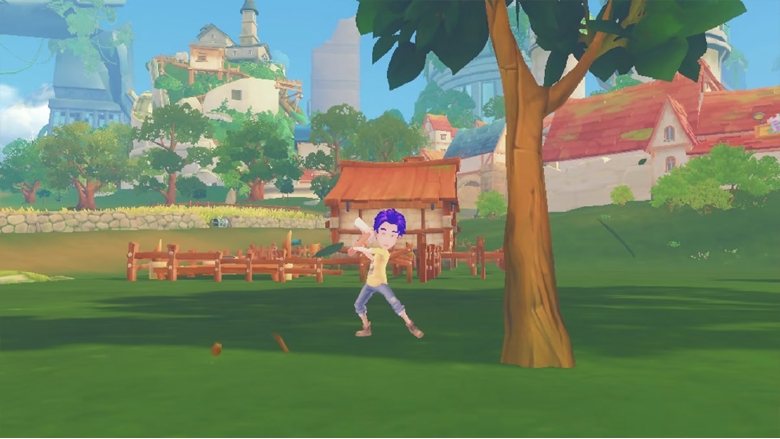
NPC Interactions
The vibrant town of Portia comes alive through its diverse cast of non-player characters (NPCs).
As the protagonist, you’re not the only builder seeking glory. Interact with fellow builders, each with their own ambitions and unique personalities. Engaging with these NPCs is not only essential for building friendships but also influences the workshop rankings.
The competition is fierce, adding a layer of strategic depth to your journey. Balancing cooperation and healthy rivalry, My Time at Portia creates a dynamic community where every interaction matters.
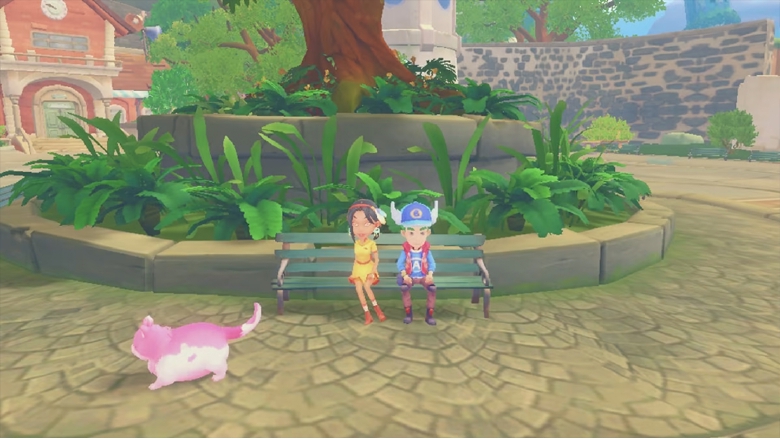
Time Management and Timers
My Time at Portia introduces an element of time management through in-game timers, a feature reminiscent of life simulation games like similar life sim cozy game Animal Crossing: New Horizons .
While waiting for specific ingredients or processes, players experience a realistic passage of time. This isn’t merely a freemium mechanic but a deliberate design choice, mirroring life’s pace.
The inclusion of timers adds depth to the game, encouraging players to plan their activities strategically. It’s a subtle yet effective way to evoke a sense of time passing in the game world, contributing to the overall immersive experience.
Exploration and Activities
Dive into a plethora of activities that enrich the gaming experience in My Time at Portia. From the serenity of farming and tending to crops to the thrill of combat in challenging areas, the game offers a diverse range of engaging activities.
Whether you’re casting a line into the waters, exploring the depths of mines armed with a pickaxe and jetpack, or cultivating a flourishing farm, each activity contributes to the immersive charm of Portia.
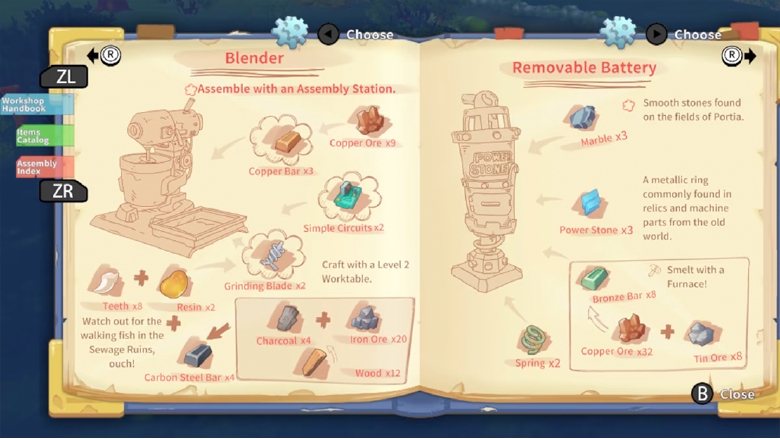
Relationships and Social Aspects
In My Time at Portia, the vibrant community of over 50 villagers is more than just a backdrop; it’s an integral part of the gaming experience.
Engaging with these characters goes beyond casual interactions – it’s about fostering relationships. As you befriend the diverse inhabitants, you unlock intriguing Play and Date options, leading to delightful adventures like exploring caves, lighting fireworks, or engaging in a friendly game of Rock, Paper, Scissors.
The game doesn’t shy away from inclusivity, allowing for same-gender romance and the prospect of marriage and starting a family. These interactions, presented through charming mini-games, contribute to the tapestry of relationships that make life in Portia feel vivid and interconnected.
Graphics and Performance
The charming 3D environment brings the post-apocalyptic town of Portia to life, featuring vivid character models, lush landscapes, and delightful animations. While the graphics may not push the limits of realism, they contribute to the game’s cozy and immersive atmosphere.
On the performance front, the game delivers a smooth experience, ensuring that players can delve into the enchanting world of Portia without technical hiccups.
The well-optimized visuals enhance the overall gaming experience, making each moment in the game visually appealing and enjoyable.
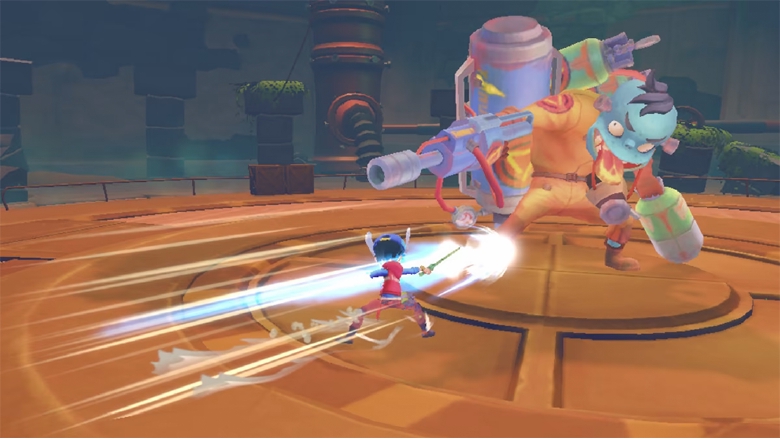
Loading Times and Patches
Initially, My Time at Portia faced loading time challenges, with some players experiencing extended wait periods. However, commendably, the development team swiftly addressed this issue with timely patches.
A pre-launch patch significantly improved loading times, ensuring a more seamless transition between scenes. Although the initial startup may still take a moment, subsequent loads within the open world exhibit considerable enhancement.
This dedication to resolving technical issues reflects the commitment of the developers to provide a polished and enjoyable gaming experience for players exploring the charming world of Portia.
My Time at Portia Pros
Expansive Gameplay: My Time at Portia offers a vast and immersive world with numerous activities, ensuring players have endless options to explore and enjoy.
Engaging Social Dynamics: The relationship-building system with NPCs adds depth, allowing players to form connections, go on adventures, and even experience romance and family life.
Diverse Activities: From farming and fishing to combat and crafting, the game provides a rich variety of activities, catering to different playstyles and preferences.
Continuous Development: Regular patches and updates showcase the developers’ commitment to refining and enhancing the gaming experience based on player feedback.
Visual Appeal: The game’s charming aesthetics and attention to detail contribute to a visually pleasing and inviting gaming environment.
My Time at Portia Cons
Loading Time Issues: Despite patches, the game occasionally suffers from prolonged loading times, impacting the overall flow and immersion.
Silent Cutscenes: The absence of voice overs in cutscenes may leave some players wanting more emotional depth and engagement in the narrative.
Controller Support Limitations: The mobile version lacks full controller support, hindering the seamless transition between touch controls and external controllers.
Text Size Challenges: On smaller screens, some players may find certain text elements challenging to read, affecting the overall user interface experience.
Platform Discrepancies: While mobile versions boast improved performance, disparities in features and updates compared to PC may cause frustration for cross-platform players.
Conclusion with Scoring
In wrapping up the My Time at Portia review, it’s evident that the game offers a compelling experience within the life-building simulator genre.
- Game Design (4/5): My Time at Portia showcases thoughtful game design, creating a world that evolves with the player’s progress. The integration of a friendly mission management system and a well-defined core storyline adds depth and purpose to the gameplay.
- Game Narrative (3.5/5): While the main storyline successfully engages players, the absence of voice overs in cutscenes slightly detracts from the emotional impact. Nevertheless, the narrative succeeds in keeping players invested in the evolving town of Portia.
- Game Mechanics (4.5/5): The crafting, building, and quest systems synergize seamlessly, offering a rich and rewarding gaming experience. The game’s mechanics evolve with the player, mitigating potential monotony and ensuring a consistent sense of accomplishment.
- Cozy Factor (4/5): My Time at Portia excels in delivering a cozy gaming experience, with vibrant visuals, varied activities, and a charming atmosphere. The addition of memorable NPCs contributes to the game’s wholesome appeal.
- Platform Availability (3/5): While the mobile version boasts improved performance, the lack of full controller support and occasional discrepancies in updates compared to other platforms may pose challenges for cross-platform players.
In conclusion, My Time at Portia emerges as a strong contender in the cozy gaming niche, offering a delightful escape into a world filled with creativity and charm. The game’s nuanced mechanics, coupled with its cozy atmosphere, make it a worthwhile addition to the life simulation genre.
My Time at Portia stands as a commendable entry in the cozy gaming realm. With its captivating blend of creativity and community, it beckons players into a heartwarming crafting haven. While a few imperfections exist, the overall experience is a testament to the game’s charm.
